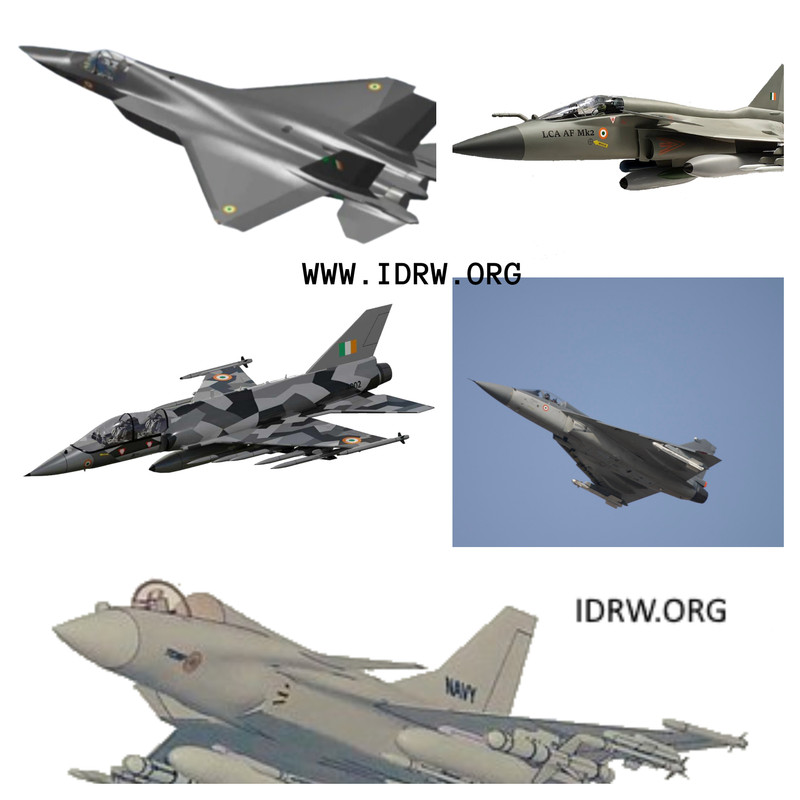SOURCE: AFI


On the eve of the 92nd Indian Air Force Day, Chief of the Air Staff, Air Marshal Amar Preet Singh, addressed the media in a comprehensive press conference highlighting the force’s future roadmap. The press interaction, held a few days before the annual celebrations on October 8, covered various aspects of the IAF’s modernization efforts, operational readiness, and long-term goals. One of the most significant announcements made by the Chief was the Indian Air Force’s ambition to achieve a fully indigenous inventory by 2047, coinciding with India’s centenary of independence.
Air Marshal Amar Preet Singh emphasized the importance of indigenization in the IAF’s long-term strategy. “By 2047, we envision an Indian Air Force that operates with a fully indigenous inventory,” he said, reflecting the government’s broader Atmanirbhar Bharat (self-reliant India) vision. He noted that achieving this goal would require continued collaboration between the IAF, Indian industry, and research institutions, but expressed confidence in India’s growing aerospace and defense capabilities.
The Chief reiterated that indigenization is not just about replacing imported platforms and systems but also about developing home-grown technologies that can meet the evolving demands of modern air warfare. The IAF is already making significant strides in this area, as seen with platforms like the Tejas Light Combat Aircraft (LCA), which now forms an integral part of the force’s fleet. Additionally, the upcoming Advanced Medium Combat Aircraft (AMCA) and other indigenous systems such as unmanned aerial vehicles (UAVs), radars, and missile systems will play crucial roles in realizing this vision.
During the press conference, Air Marshal Singh provided updates on the IAF’s ongoing modernization efforts. He highlighted the induction of 83 Tejas Mk1A fighter jets, which are slated to be delivered over the next few years. He also discussed the procurement of advanced GE-F414 engines for the Tejas MkII program, which will further enhance the capabilities of the indigenous fighter fleet.
The IAF Chief spoke about the AMCA program, a key component of the force’s future. The AMCA is expected to be a fifth-generation fighter jet with stealth capabilities, cutting-edge avionics, and advanced weapons systems. The IAF is closely working with the Defence Research and Development Organisation (DRDO) and other private and public sector companies to ensure its timely development and induction.
Apart from fighter jets, the IAF is also focusing on other critical systems. The indigenous Astra beyond-visual-range air-to-air missile (BVRAAM) has already entered service, and efforts are underway to develop more advanced variants. Similarly, indigenous radar systems, air defense systems, and electronic warfare platforms are being rapidly developed and deployed.
While the IAF is on a path of rapid modernization, Air Marshal Singh acknowledged the challenges that lie ahead. These include the need for continued investment in research and development, overcoming global supply chain issues, and ensuring timely delivery of critical platforms. However, he expressed optimism about the opportunities presented by India’s growing defense industry and the increasing collaboration between the public and private sectors.